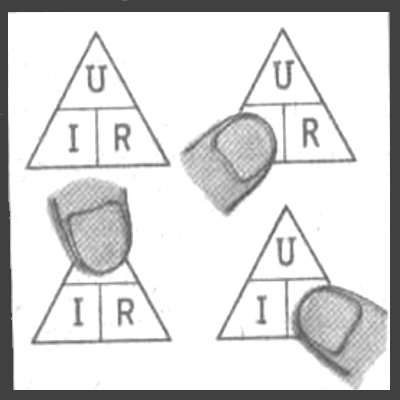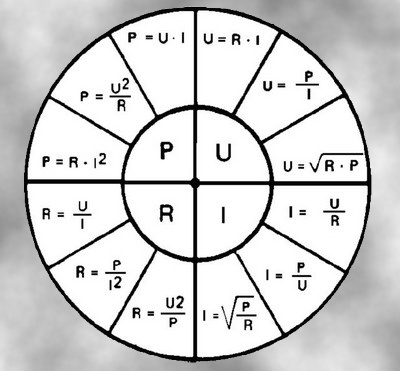Georg Simon Ohm, born in 1789 in the family of a poor locksmith, was an outstanding German physicist who gave us all his famous “Ohm’s Law. Simplicity is a sign of genius, so the three-letter combination is firmly embedded in the school physics curriculum. In this article, you will not find anything new, only recommendations on how to use the law, which should know and respect every radio amateur — Ohm’s Law.
Ohm’s Law:
“If you don’t know Ohm’s law, stay home. Ohm (named after George Simon Ohm) is referred to as Ohm, or Ω, and is the unit of measure of electrical resistance, in the (SI) (International System of Units). One ohm equals the electrical resistance of a conductor when an electrical voltage of one volt is applied to it, and the strength of the direct current flowing through the conductor equals one ampere. “The strength of the current in a circuit is directly proportional to the voltage and inversely proportional to the resistance.”
Naturally, like any other physical law, Ohm’s law has a formula: I=U/R. The formula is very simple and you will have no trouble remembering it, and for the best understanding of this law, I recommend that you memorize Figure 1.

In order not to confuse the formula you need to represent it in the form of a triangle (picture 1), then you just close your finger the value that you want to find and you will immediately become clear what to divide or multiply.
Many formulas follow from Ohm’s law (for example, power is P = U*I). And if you are not very good at physics and mathematics, do not bother cramming or deducing these formulas (although you must understand them), but just use the original cheat sheet (figure 2)

I hope this information comes in handy when you decide to learn Ohm’s Law 🙂

